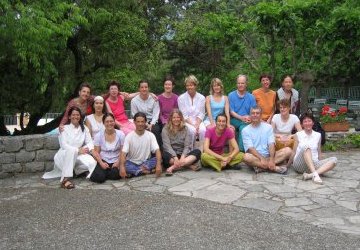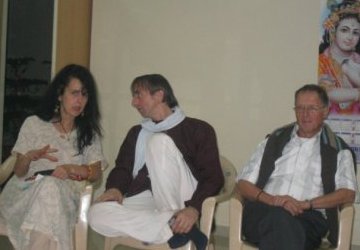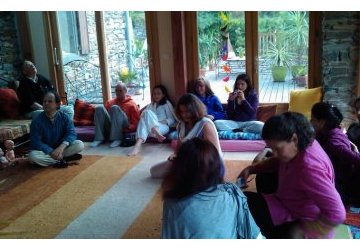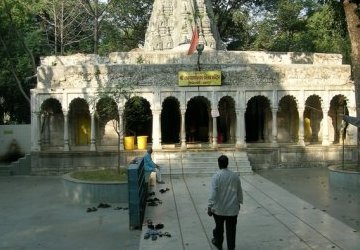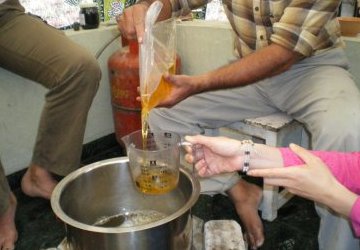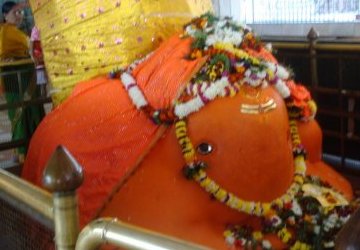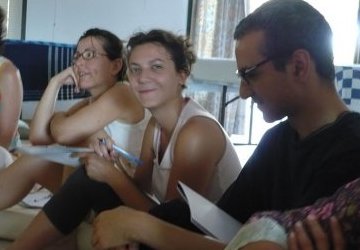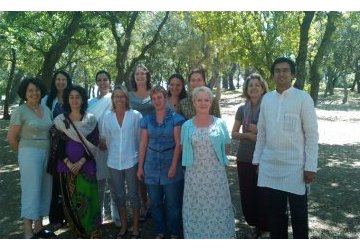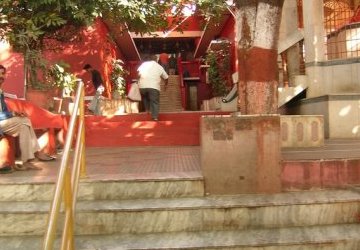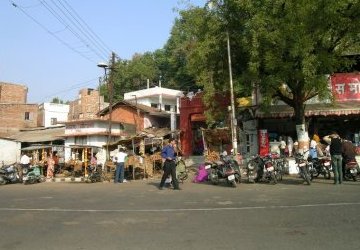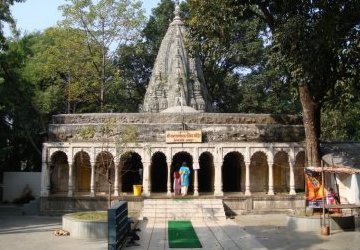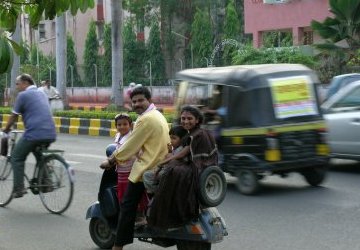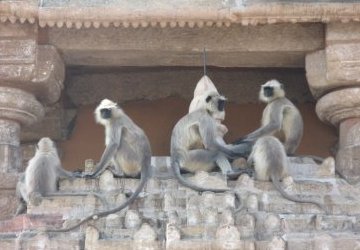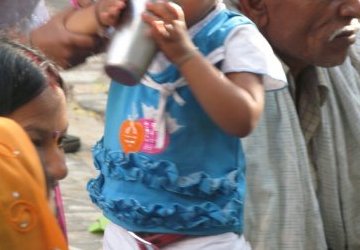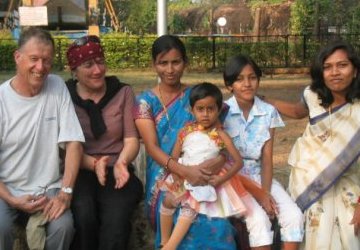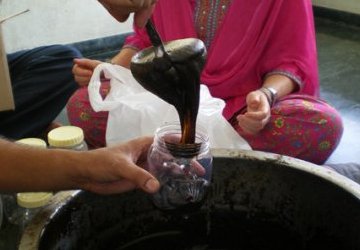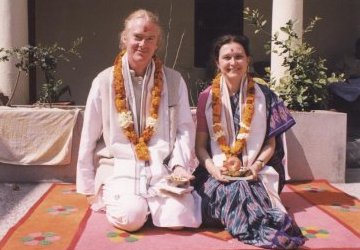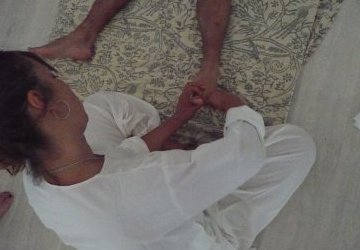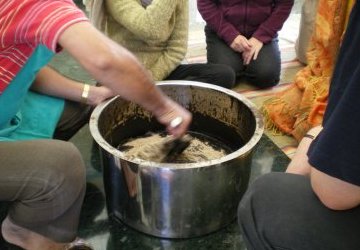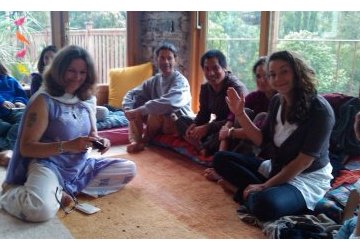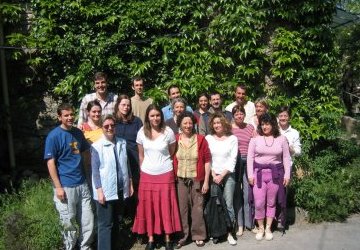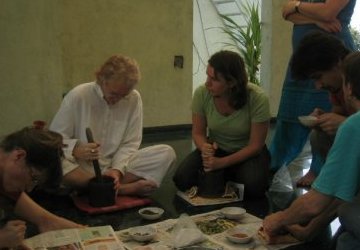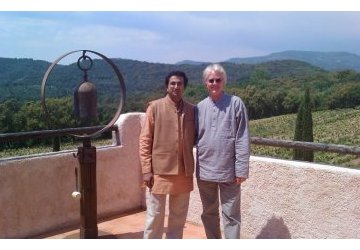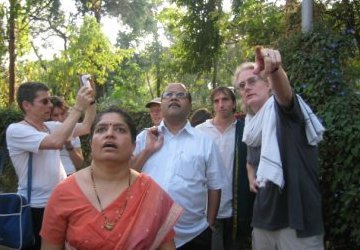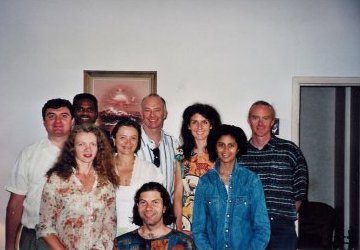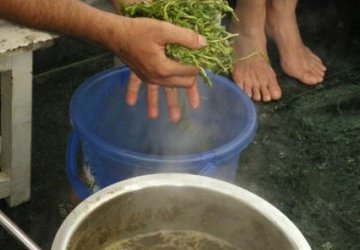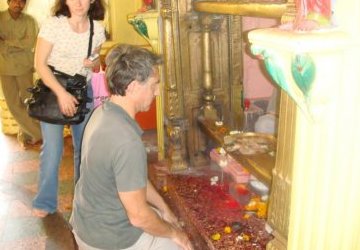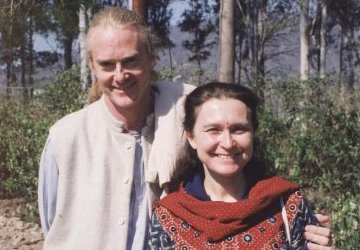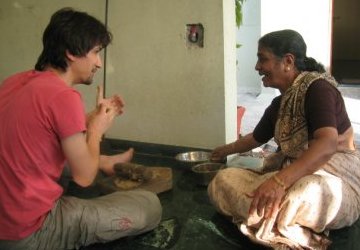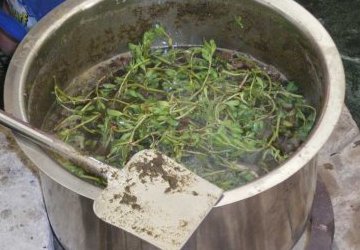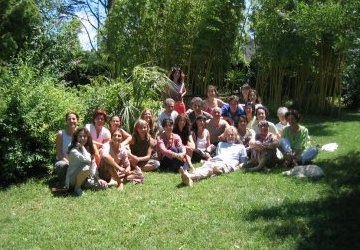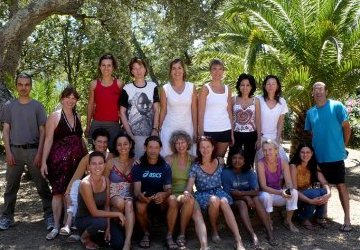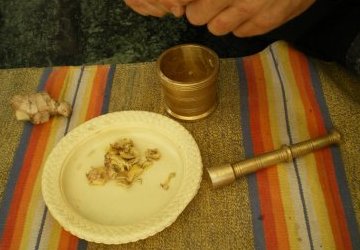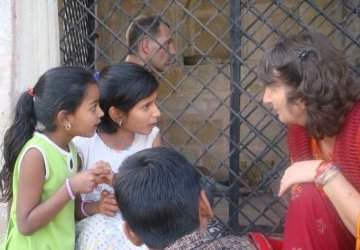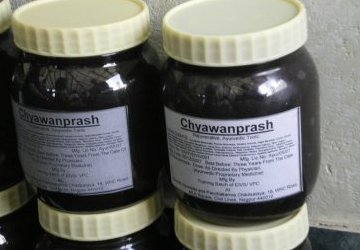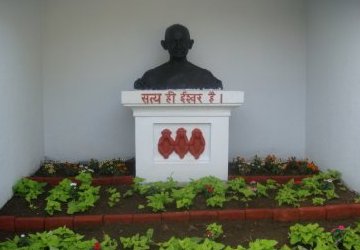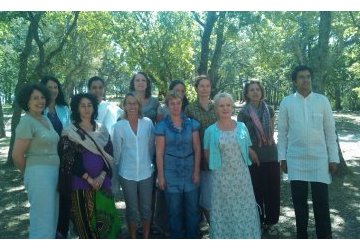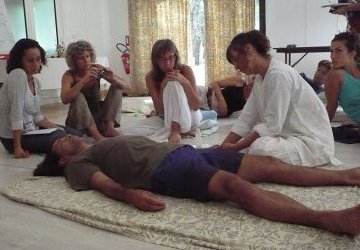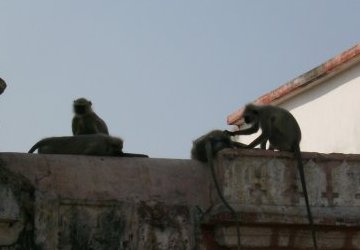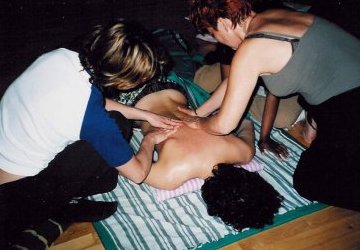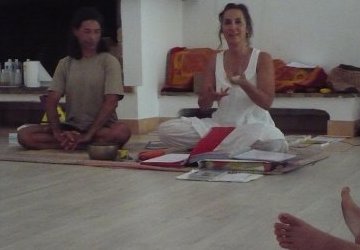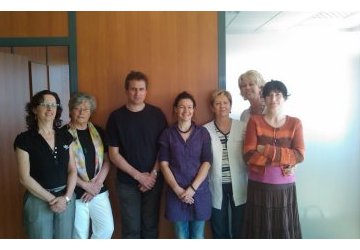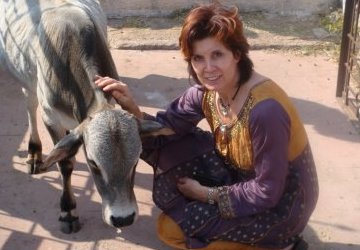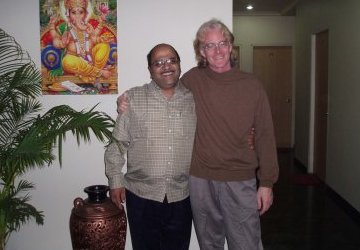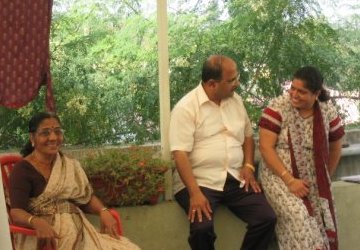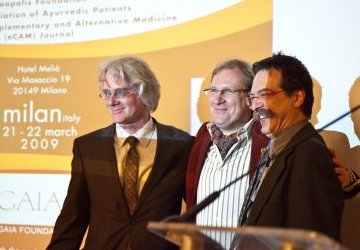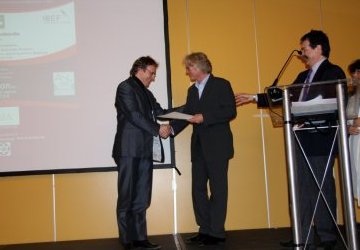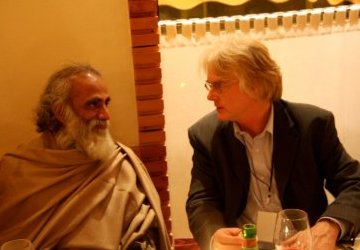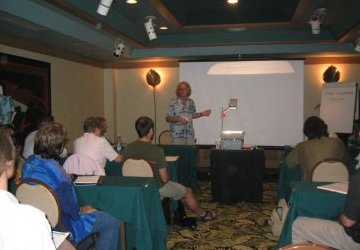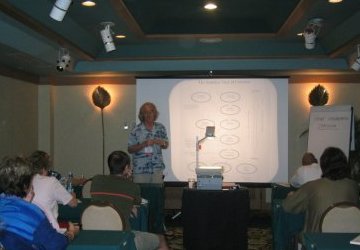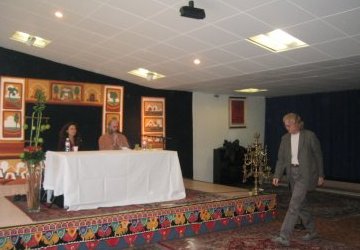Polycystic Ovary Syndrome: An Ayurvedic Perspective
If you are looking for a treatment for Polycystic ovary syndrome (PCOS) click here.
Twenty diseases of the vagina arise because of consuming bad food - Astanga Hrdayam.
Polycystic ovary syndrome (PCOS) is the most common endocrine disturbance affecting women between 15 to 30 years of age. The disorder accounts for 30 per cent of all infertility cases with 73 percent of women suffering from PCOS experiencing infertility due to anovulation. Modern medicine has been able to pinpoint a number of important factors indicating the disease determinants however the exact cause of the disease is unknown. PCOS is a condition where a hormonal imbalance affects follicular growth during the ovarian cycle causing the affected follicles to remain in the ovary. The retained follicle forms in to a cyst and with each ovarian cycle a new cyst is formed leading to multiple ovarian cysts. Women suffering from PSOC often present with other associated symptoms including hirsutism – excessive body hair, menstrual disturbances, acne vulgaris and obesity. Ayurveda observes the disease looking for indications of the dosha responsible for the disorder. To fully understand the dosha responsible we will continue to look at what modern medicine has discovered about PCOS.
One of the key factors now being realized in modern medicine in relation to PCOS is hyperinsulinemia – increased levels of insulin in the blood. This indicates a direct link between obesity and PCOS as an increased level of insulin in the blood is due to de-sensitivity of cells to insulin, a factor present in diabetes mellitus type II. Increased insulin in the blood stimulates androgen secretion by the ovarian stroma –the connective tissue of the ovary and reduces serum sex hormone–binding globin (SHBG) causing increased levels of free testosterone. Due to the presence of increased androgen in the ovary, the follicle undergoing maturation in the ovary cycle is affected causing anovulation of that particular follicle. The presence of insulin also impacts apoptosis – natural occurring death of a defective cell; of the follicle causing the follicle to continue to survive whereas under normal circumstance it would have perished.
The ovarian cycle is governed by a hormonal feedback system moderated by the hypothalamus thus it requires constant feedback of hormonal levels for it to properly regulate the release of follicle stimulating hormone (FSH) and lutenizing hormone (LH) from the anterior pituitary gland. Both of these hormones play crucial parts in the development of the follicle during the ovarian cycle. As the hormonal levels in the body are imbalanced and the ovum is not released by the ovary the positive feedback mechanism to the hypothalamus to suppress FSH and LH release from the pituitary gland is impeded. However the hypothalamus is receiving positive and negative feedback from hormones but not due to the normal occurrence of the ovarian cycle. The hormonal feedback that the hypothalamus is receiving is due to high levels of estrogen that has been formed from free androgens in the peripheral tissue.
Kapha getting aggravated by use of foods which increase moisture leads to slaismiki characteristic by absence of pain, feeling cold, itching and discharge of pale, slimy blood - Astanga Hrdayam
Ayurveda classifies PCOS as a kapha disorder, and by looking at the findings of modern medicine we can correlate the exhibiting features of the disease with the dominate dosha responsible for the disorder. The organs responsible for reproduction in the female body are called artava dhatu. The channel that supplies, nourishes and enables the functional action of carrying the ovum to the uterus is called artavavaha srota. All three doshas play important and distinctive roles in the processes behind the female reproduction which includes the ovarian cycle and the menstrual cycle.
Vata is responsible for movement of the follicle during the ovarian cycle, the rupture of the ovary wall releasing the matured ovum, the movement of the fimbriae – the finger like projections that guide the ovum into the fallopian tubes and the movement of the ovum towards the uterus. These actions are due to apana vayu, the force behind downward movement from the navel down. Apana vayu is also responsible for the movement of menses during menstruation and the energy behind the downward movement of a baby through the birth canal during labour.
The action of the hormones expresses the nature of pitta, the energy responsible for transformation. All stages of the female reproductive process are a result of the interplay of hormones. The spark of intelligence behind the transformation of each stage is due to pitta reflected in the influence of the hormones on the different stages of the ovarian and menstrual cycles.
Kapha’s heavy cool qualities nourish the development of the tissues that form and support the reproductive system including the nurturing energy supporting growth of the follicle during the ovarian cycle. It is responsible for the mucosa layer of the fallopian tubes and uterus that protects the tissues from the drying affect of ever present vata. In the GI tract kapha is responsible for the mucosa lining that protects the tissues form digestive enzymes.
PCOS is due to kapha blocking vata and pitta, hence movement is obstructed and the transformation process is suppressed.
Kapha having first affected the digestive fire – jathara agni starts to affect the metabolic aspect of the seven tissues called dhatu agni. Each dhatu agni is responsible for the nourishment and formation of that particular tissue that it resides in. In the case of PCOS the dhatus that are affected are rasa dhatu – lymph and plasma, meda dhatu – adipose tissue and artava dhatu – the female reproductive system.
Due to factors that aggravate kapha, kledaka kapha residing in the GI tract increases in quantity and as stated affects the digestive fire in the stomach called jathara agni. As the heavy cold sticky qualities of kapha suppress the digestive fire, food that is ingested is not properly digested forming ama –toxins. As kledaka kapha increases it mixes with the toxins and begins to move out of the GI tract entering the channel of the first tissue rasavaha srota. Affecting the dhatu agni of the rasa – the metabolism of the lymph and plasma, rasa dhatu increases in quanity. In woman the superior byproduct of rasa dhatu is rajah – menstrual fluid. The menstrual fluid will also take on the quality of kapha which will in turn begin to block apana vayu in artavavaha srota and rajahvaha srota – the channel that supports the functional action of the menstrual fluid.
Increased rasa dhatu circulating the body via the circulatory system being mixed with increased kledaka kapha and ama begins to coat the cells of the body, this begins to affect pilu agni at the level of the cells responsible for the permeability of the cell membrane. Due to the sticky heavy qualities of increased rasa dhatu, kapha and ama, the cell membrane of the tissues are coated suffocating pilu agni affecting cellular intelligence causing insulin receptors on the cell to not recognize chemical structures that normally engage them. Insulin unable to engage cellular receptors begins to build up in the blood stream moving towards artava dhatu where it comes across free receptors that engage its molecular structure.
Aggravated kapha and ama having affected rasa dhatu moves through the channels to meda dhatu as kapha, ama and meda dhatu have similar qualities hence they are easily attracted to each other. Meda dhatu is often one of the first dhatus along with rasa dhatu to reflect a kapha aggravation. Meda dhatu agni having been affected by the presence of the increased kapha dosha and ama causes meda vruddhi, increased meda dhatu causing obesity. As meda vruddhi is allowed to increase the increased meda, kapha and ama starts to block the channels of the body. Free androgens moving throughout the body are processed at the level of meda dhatu where it takes on the heavy cool quality of meda expressed as estrogen.
Kledaka kapha and ama having affected meda dhatu moves towards artava dhatu where they affect artava dhatu agni causing increased tissue formation – artava vruddhi. Ama entering the cells of artava dhatu begins to affect the cellular intelligence of the cell by dampening pithara agni causing error in cellular function and intelligence as seen when insulin engages receptors on the ovaries causing the production of androgens. Mistake of cellular intelligence is also expressed in the inhibiting of apoptosis – death of defective cells.
It should be clearly understood that vata is the principle in the body (and nature) that moves things. Both pitta and kapha are immobile without vata. If vata becomes constricted, it in turn, stops both kapha and pitta from functioning properly. – Atreya
Artava dhatu affected by the heavy sticky qualities of kapha and ama creates srota dushti in artavavaha srota. Apana vayu in artavavaha srota becomes stagnant – sanga, due to excessive kapha and ama accumulation blocking the channel impeding the flow of vata in the ovarian cycle. Because vata is blocked, pitta is blocked as well as pitta in order to act as the intelligence behind transformation needs the movement of vata in order for its energy to have potential. As pitta is blocked the hormones that carry the energy of transformation are unable to initiate their action. The accumulated kapha is expressed in the formation of the cyst in the ovary as it takes on a heavy white sticky quality expressing kapha and ama.
Due to vata and pitta being blocked in artava dhatu the other functions of both these doshas begin to become aggravated. Pitta aggravation at the level of bhrajaka pitta and ranjaka pitta manifests as acne and increased body hair. Menstrual problems manifest due to the aggravation of all three doshas but namely apana vayu.
"Without the aggravation of Vata, the vagina does not get disordered in women, hence it should be treated before Pitta and Kapha" – Astanga Hrdayam
References:
– Huether & McCance, “Pathophysiology- The Biological Basis for Disease in Children & Adults”, 4th Ed, 2002, Mosby, Missouri.
– Lad, V., “Textbook Of Ayurveda- Fundamental Principles”, 2002, The Ayurvedic Press, Albuquerque.
– Sharma, Prof. P.V. Caraka Samhita (Text with English translation), Jaikrishnadas Ayurveda Series. Varanasi India: Chaukhambha Orientalia, 2000
– Srikantha Murthy, Prof. K. R. Astanga Hrdayam; Varanasi India. Krishnadas Academy, Fourth 1999
Brenden Skudder © 2004



